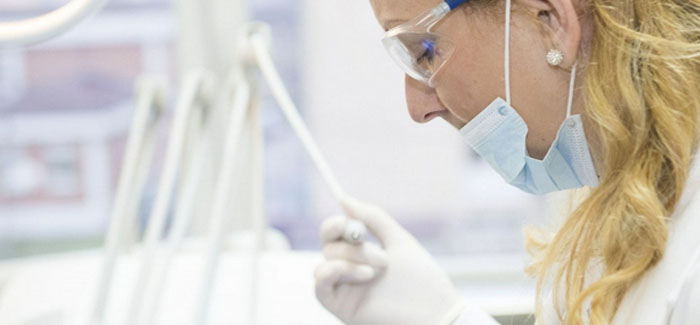What is Sedation Dentistry?
A surprisingly large segment of the population remains averse to visiting the dentist. In fact, dental phobias are relatively common.
In the United States an estimated one in ten people suffer from extreme dental phobia. There is not a universally acceptable answer as to why this is the case. It may be the result of dentists extracting teeth before the widespread use of sedatives. The painful experiences of earlier patients may have played a major role in both propagating and perpetuating the fear of visiting the dentist. Furthermore, modern day dentistry still involves the use of instruments that are menacing in appearance such as drills and scrapers. These perpetuate the fear of visiting the dentist. This is unfortunate because visits to the dentist are important in order to detect any problems before any painful or uncomfortable conditions arise. On the other hand, visits to the dentist may be absolutely necessary in a number of instances. These include tooth decay or growth of the teeth in a manner that may impact other teeth or other areas in the mouth causing discomfort. To prevent or correct these occurrences, you can get yourself a healthy smile with the dentist in Tamarac.
Fortunately, sedation dentistry is now widely practiced. Sedation dentistry involves the use of chemical compounds that reduce pain and alleviate anxiety to make the visit to the dentist much less painful. Sedation dentistry is not only performed because of phobias involving visiting the dentist. There may be some cases where a dental procedure might be more complex. Some individuals may have teeth with roots more deeply embedded in the gum, which may make extraction more lengthy and painful.
There are different variations of sedation dentistry. The first of these is minimal sedation. The patient is fully alert and can comprehend and remember everything that is taking place. There is moderate sedation, where the patient has little memory of the procedure and is awoken easily. Finally there is deep sedation, also called twilight sedation during which the patient cannot be easily awakened. There are a variety of methods to perform sedation dentistry.
There is inhalation of nitrous oxide, commonly called laughing gas. The patient does not burst into fits of laughter; instead it relaxes the patient. The dentist places a mask over the patient’s nose and can control the intake of the gas. An advantage of this procedure is that the effects of the gas last for a short duration. There is also oral sedation, which as the term implies involves the administration of sedatives via the oral route. Oral sedation usually involves the use of pills. Intravenous (IV) sedation involves the administration of sedatives directly into the blood stream. As a consequence, IV sedation works more quickly. Even more critically, the dosage can be very closely regulated when IV sedation is employed.
Needless to say, it is important that the dentist be thoroughly trained in administering sedatives. All dentists performing sedation dentistry are qualified to do so. Some dental clinics, like Portobello Dental Clinic, are staffed exclusively by dentists who have attained experience and knowledge of the sedation process. These dentists are members of professional organisations such as with the Society for the Advancement of Anaesthesia in Dentistry. Furthermore, precautions are taken in sedation dentistry, such as never leaving the patient by themselves. The patients are continuously monitored. Vital signs are observed as well. This reduces the likelihood of any problems arising from administration of the sedatives. The only inconvenience of sedation dentistry is that the patient is not allowed to operate a motor vehicle on the day of the procedure. However, the overall advantage is that sedation dentistry minimises discomfort and pain allowing more people to visit the dentist.
Article by Lauren Williamson









